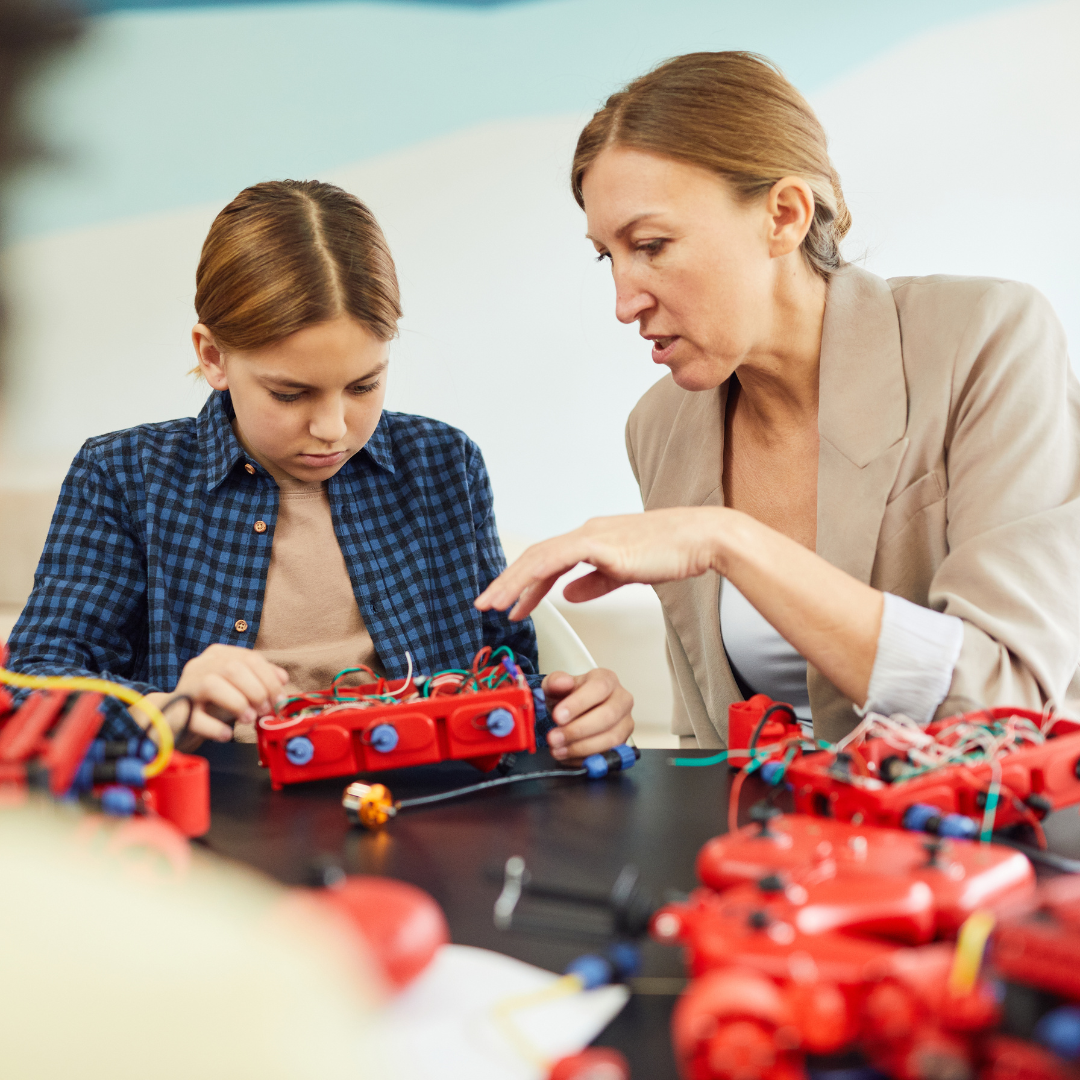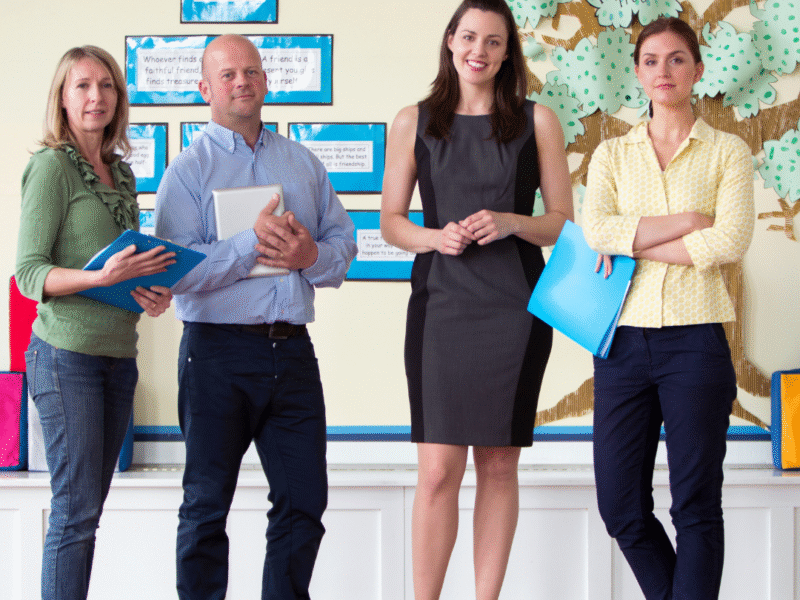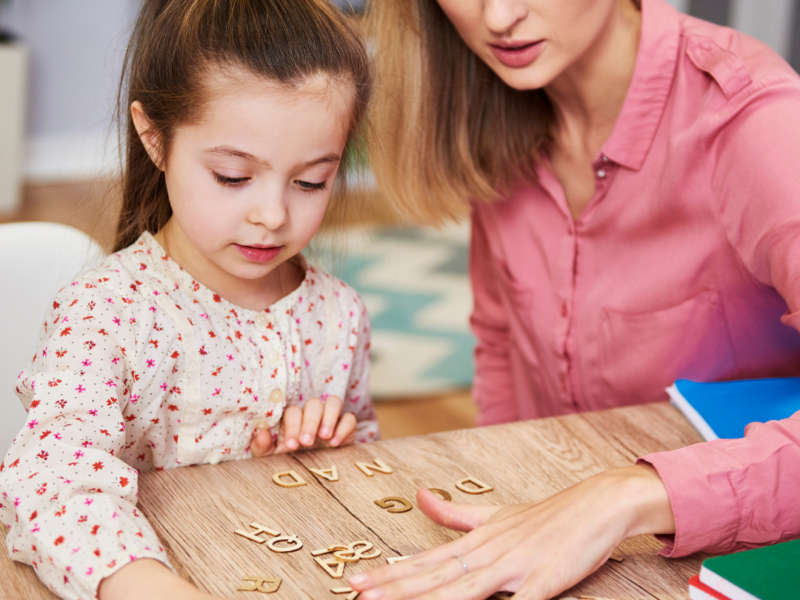Innovative teaching methods are reshaping the landscape of education, providing fresh strategies that engage students and enhance learning outcomes. These approaches, such as project-based learning, flipped classrooms, and the integration of technology, have been shown to significantly boost student success and motivation. By focusing on active participation and real-world applications, teachers can create a more dynamic and effective learning environment.
As educators explore new methods, they increasingly recognize the importance of tailoring their strategies to meet diverse student needs. This adaptability fosters inclusivity and encourages every learner to thrive. Programs that incorporate collaborative learning or personalized instruction often see remarkable improvements in student engagement and academic performance.
Embracing innovative teaching methods not only enriches the educational experience but also prepares students for the complexities of the modern world. By equipping learners with critical thinking skills and fostering creativity, these teaching strategies lay a solid foundation for their future success.
Emerging Technologies in Education
Innovative teaching methods are increasingly supported by emerging technologies that enhance interactive and personalized learning. These advancements include Virtual Reality (VR), Artificial Intelligence (AI), and 3D Printing, which collectively transform how educators and students engage with content.
Virtual Reality and Augmented Reality
Virtual Reality (VR) and Augmented Reality (AR) provide immersive learning environments. VR allows students to explore recreated worlds, such as historical sites or biological structures, fostering deep engagement.
AR, on the other hand, overlays digital information into the real world. For instance, students can interact with 3D models of the solar system through a mobile device, enhancing comprehension.
Both technologies cater to various learning styles, making abstract concepts tangible. This fosters not just retention of information but also critical thinking and problem-solving abilities.
Artificial Intelligence and Adaptive Learning
Artificial Intelligence (AI) is reshaping education through tailored learning experiences. Adaptive learning systems utilize AI algorithms to assess student performance and adjust content difficulty accordingly.
These systems can analyze data in real time, offering personalized support and resources that meet individual needs. This targeted approach enhances student success rates and promotes independent learning.
AI also assists educators by automating administrative tasks. This allows teachers to focus more on instruction and student interaction, leading to improved educational outcomes.
3D Printing and Cloud Computing
3D Printing in education encourages hands-on learning. Students can design and create physical replicas of concepts, enhancing kinesthetic learning and creativity. This technology allows for rapid prototyping, which supports design thinking in various subjects.
Cloud Computing facilitates collaboration and access to resources. Educators and students can share documents, projects, and data seamlessly, regardless of location. This supports teamwork and real-time feedback.
Together, these technologies enable innovative integration into curricula, promoting an engaging and collaborative educational environment.
Active Learning Frameworks
Active learning frameworks focus on engaging students through hands-on experiences and collaborative efforts. These methods encourage critical thinking and problem-solving skills, promoting deeper understanding and retention of concepts.
Project-Based Learning
Project-Based Learning (PBL) involves students working on a project over an extended period. They explore real-world problems or questions, allowing them to apply their knowledge in practical scenarios. This approach enhances their engagement and fosters collaboration among peers.
In PBL, students often assume different roles, such as researcher, designer, or presenter. This variety promotes teamwork and leverages each participant’s strengths. Projects culminate in presentations or prototypes, encouraging accountability and creativity within the design-thinking process.
Inquiry-Based Learning
Inquiry-Based Learning (IBL) emphasizes questioning and investigation. Students begin with a question or problem, guiding their learning process. This method cultivates curiosity and empowers them to seek answers through research and experimentation.
They engage in discussions, form hypotheses, and conduct investigations to explore solutions. IBL develops critical thinking and analytical skills, as students must evaluate evidence and draw conclusions based on their findings. Ultimately, IBL encourages learners to take ownership of their education.
Problem-Based Learning
Problem-based learning (PBL) is centered around complex, real-world problems. In this framework, students work in groups to identify issues, analyze data, and propose viable solutions. This collaborative learning method promotes teamwork and enhances communication skills.
Each group member contributes to addressing the problem, requiring them to apply knowledge from various disciplines. Students learn to navigate challenges creatively and critically, making this method effective in preparing them for real-life situations where problem-solving is essential.
Personalization and Differentiation
Personalization and differentiation in teaching facilitate tailored educational experiences, enhancing student engagement and learning outcomes. Through personalized learning paths, differentiated instruction, and growth mindset cultivation, educators can effectively meet individual student needs.
Personalized Learning Paths
Personalized learning paths are tailored to suit each student’s unique strengths, interests, and learning styles. They often incorporate adaptive learning technologies that adjust to a student’s pace and comprehension level. Such customization allows for targeted content delivery, enabling students to work on skills that require reinforcement while progressing at a comfortable speed.
Key components of personalized learning include:
- Student Autonomy: Encouraging learners to take charge of their educational journey.
- Flexible Curriculum: Designing curricula that can adapt based on individual progress.
- Goal Setting: Helping students establish personal learning goals to foster motivation.
Personalized learning has the potential to increase student engagement, as it aligns educational experiences with their preferences.
Differentiated Instruction
Differentiated instruction involves modifying teaching strategies to accommodate diverse learner needs within the same classroom. This approach considers varying levels of readiness, interests, and learning profiles. Teachers can utilize flexible grouping, varied assessments, and multi-tiered assignments to effectively reach all students.
Common strategies in differentiated instruction include:
- Tiered Assignments: Assignments with varying levels of complexity based on student abilities.
- Learning Stations: Creating different areas in the classroom focusing on distinct skills or topics.
- Choice Boards: Allowing students to select from multiple activities that reinforce learning objectives.
By providing varied pathways for mastery, differentiated instruction enhances overall learning outcomes for students.
Growth Mindset Cultivation
Cultivating a growth mindset is crucial in supporting personalized learning and differentiated instruction. It encourages students to embrace challenges, persist through difficulties, and view failures as opportunities for growth. Educators can foster a growth mindset through specific strategies and feedback.
Key practices include:
- Encouragement of Effort: Highlighting the importance of effort over inherent ability.
- Reflective Practices: Promoting reflection on learning processes to develop self-awareness.
- Constructive Feedback: Offering feedback that emphasizes improvement and next steps.
By instilling a growth mindset, students are more likely to engage deeply with personalized learning experiences, leading to sustained academic growth.
Enhancing Classroom Dynamics
Innovative teaching methods significantly enhance classroom dynamics by fostering collaboration, improving communication, and integrating technology. This approach not only engages students but also creates a more effective learning environment.
Collaborative Environments
Creating collaborative environments encourages students to work together, promoting active learning. Techniques such as peer teaching and peer feedback are vital in these settings. When students explain concepts to each other, they reinforce their understanding while improving their communication skills.
Utilizing Blended Learning strategies can support this collaboration. For instance, combining traditional lectures with online activities allows students to pause and revisit material as needed. This flexibility helps to bolster understanding and retention.
Additionally, implementing gamification techniques can enhance collaboration. Game-like elements in collaborative tasks motivate students, making learning more enjoyable. This environment promotes teamwork and nurtures critical thinking skills necessary for continued academic success.
Communication and Feedback
Effective communication is essential in any classroom. Teachers must create an atmosphere where students feel comfortable sharing their thoughts and questions. Utilizing techniques like regular check-ins develops a rapport between educators and students, creating a supportive learning community.
Regular feedback is critical in this context. By utilizing formative assessments, teachers can provide timely, constructive insights to students about their performance. Methods like self-assessment and peer feedback encourage students to reflect on their understanding and learning strategies.
Clear communication also includes utilizing technology tools, such as classroom management systems and discussion boards. These platforms facilitate ongoing dialogue among students, encouraging their participation and engagement in the learning process.
Classroom and Technology Dynamics
Integrating technology into the classroom offers numerous opportunities to enhance interactions. The flipped classroom model exemplifies this dynamic by shifting direct instruction outside class time, allowing for deeper exploration during lessons.
Tools like interactive whiteboards and modern educational software encourage student engagement. These technologies create interactive lessons that promote participation and collaboration, allowing students to connect with the material actively.
Additionally, utilizing online resources and collaborative platforms encourages students to engage with content outside traditional methodologies. This flexibility accommodates diverse learning styles, enabling customized learning experiences that enhance classroom dynamics.



